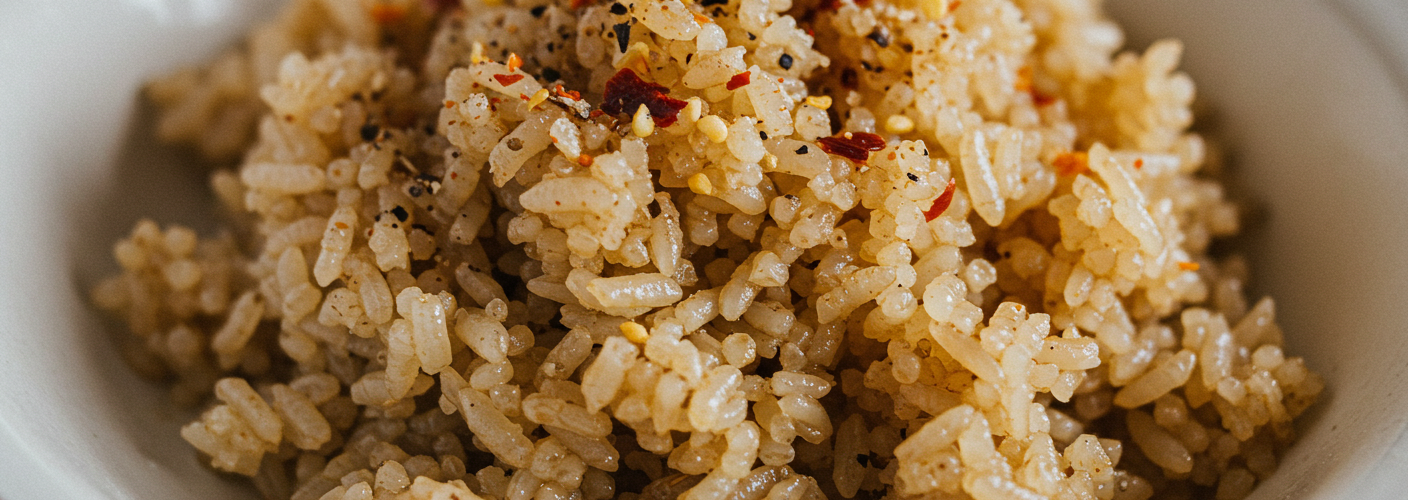If you’ve ever tried sticky rice, you know that it’s not just your average rice dish. This glutinous delicacy captivates the taste buds with its unique texture and rich flavor, enhanced by a range of spices that can transport you to the heart of Southeast Asia. Sticky rice, also known as “glutinous rice” or “sweet rice,” is a staple in many cultures, prized not only for its culinary uses but also for its cultural significance.
What makes sticky rice truly special is its texture. When cooked, it transforms into a sticky, chewy mass that clumps together, making it perfect for forming bite-sized balls or serving alongside flavorful dishes. This tactile experience adds to the enjoyment of eating, allowing you to savor each mouthful in a whole new way.
The Basics of Sticky Rice
Sticky rice is made from a specific variety of rice that is high in amylopectin and low in amylose, giving it its characteristic stickiness. Unlike conventional rice, sticky rice is often steamed rather than boiled, which preserves its unique consistency. While plain sticky rice is delicious on its own, it is often flavored with various spices, herbs, and additional ingredients to elevate its taste and complexity.
Flavorful Variations
The versatility of sticky rice allows it to be paired with a myriad of flavors, making it a wonderful canvas for culinary creativity. Traditional preparations often involve the use of specific spices that complement the rice beautifully. Here are a few popular variations:
- Coconut Sticky Rice: Infused with creamy coconut milk and a touch of sugar, this version adds sweetness to the sticky rice, making it an irresistible dessert. Often topped with fresh mango slices, this dish is a popular choice in many Asian countries.
- Savory Spiced Variants: In regions where sticky rice is a staple, spices such as garlic, turmeric, and lemongrass are sometimes mixed in to create savory versions. These versions are usually served alongside grilled meats or as a base for various curries, intensifying the overall flavor of the meal.
- Herbed Sticky Rice: Incorporating herbs like cilantro, basil, or mint can add a refreshing twist. The aromatic herbs paired with the natural sweetness of the rice create a delightful balance that works well with seafood or light vegetables.
- Spicy Sticky Rice: For those who enjoy a bit of heat, incorporating chili or spicy sauces into the sticky rice can create an exciting flavor profile that pairs well with proteins like chicken or tofu.
Cultural Significance
In various cultures across Southeast Asia, sticky rice holds a special place not just in cuisine but in tradition as well. In countries like Thailand and Laos, it’s often considered a communal food, served during festivals and family gatherings. It’s not uncommon to see people using their hands to form balls of sticky rice, sharing it among friends and loved ones.
Conclusion
Sticky rice is more than just a side dish; it’s a culinary experience that brings together flavors, textures, and cultural traditions. Whether you’re enjoying it sweet or savory, the versatility of sticky rice allows for endless exploration in the kitchen. So, the next time you cook, consider incorporating this delightful glutinous rice into your meal. With a sprinkle of spices and a dash of creativity, you can create a dish that truly celebrates the art of cooking.




Add comment